How to prune a plum?
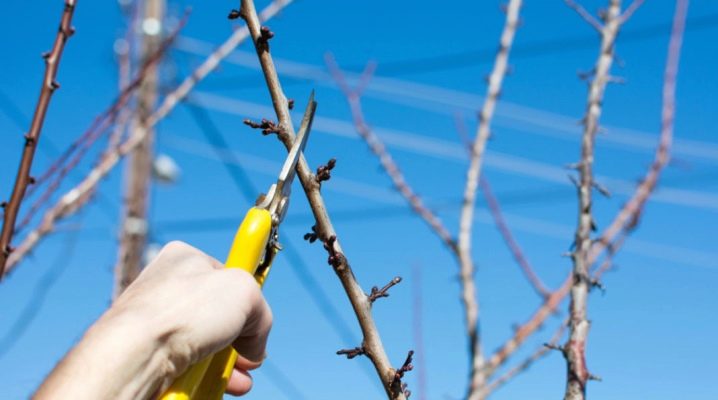
Plum is considered a delicate and very sensitive tree. This is so, which does not negate the fact that standard procedures are necessary for him. For example, cropping. If it is not carried out, the number of branches on the tree will be excessive, the crown will become too thick, and the yield will drop.
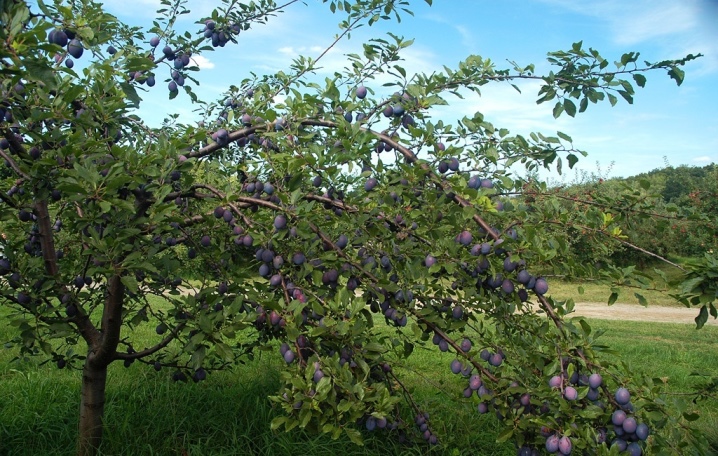
Spring and fall pruning is a must for this crop.
What is important to consider?
Newbies in gardening may assume that pruning is not all that important and is definitely not on the list of top tree care procedures. The plum is also quite compact, it will not grow in breadth. This is only partly true. The fact is that the plum grows very quickly, the rapidly growing branches intertwine, which is why they cease to be productive. And if in the early years it is, albeit a relative, but a plus, later it will develop into problems. Yes, the plum grows quickly, which means it will bear fruit faster.
But after 4–5 years, a young tree acquires a lot of voids among the lushly overgrown crown. At the periphery, the branches become very thick, too long, thin, and in fact there are collected the main foliage and fruits. It becomes difficult for a tree to hold them. The harvest will become shallow very quickly, it will be uneven, and the quality of the fruit will also suffer. New fruitful shoots will stop growing.
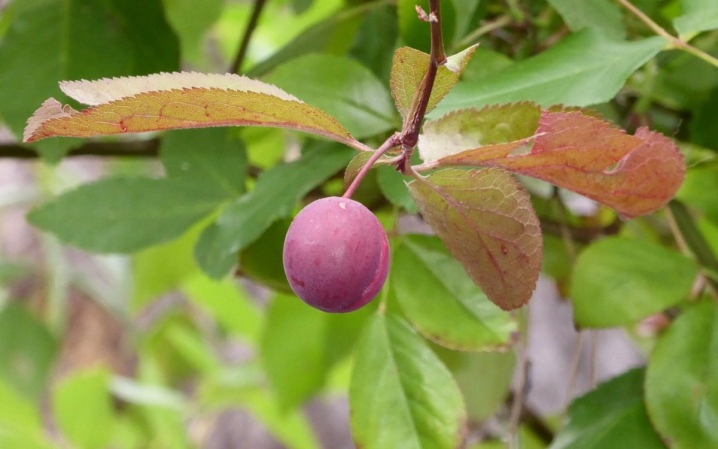
This is what pruning is for this: it adds health to the tree, rejuvenates it, increases productivity, and forms a beautiful crown. Of course, all this happens if the pruning is planned in due time, taking into account all the rules and safety standards.
We will learn all the intricacies of seasonal pruning.
- Autumn pruning with the preparation of fruit for the winter is inherent in regions with mild and warm winters. If the region is cool, it will be safer to do this in the spring.
- Pruning of plum trees more often occurs in September - October (autumn) or March - April (new season). But in July - or at the beginning of August - the tree can also be pruned if the crop is actively bearing fruit, and it is important to help the plum hold the harvest.
- Start-pruning is usually carried out in the spring. It helps to remove old and damaged branches, to form the skeleton of the tree and its crown. As long as there is no vegetation, pruning is acceptable.
- The autumn procedure serves as a kind of preparation for winter. After dropping the foliage, you can just do it. But it is not worth delaying the moment either: if the deadlines are too long, the likelihood that the plum will not recover before the early frosts is very high.
- Which branches are removed in the fall: broken, dry, diseased, overgrowing, pest-infested, annuals that thicken the crown.

Also, by the way, in the fall, they can also remove the top of the tree, which has already reached two and a half meters. In the fall, annual twigs are shortened by a third. The cut branches are burned to exclude the safety of parasites that may be on them.
What is required?
A quality, well-sharpened tool is the backbone of the basics. Blunt tools injure the tree. It is also desirable that these were personal scissors, a pruner, a hacksaw. If they are taken from neighbors, for example, they need to be thoroughly disinfected (otherwise, you can bring a pest or infection from a neighboring one to your site).
We will find out what kind of tools you need.
- Shoot pruner (0.4 cm thick)... If the branches are alive, the bypass model will work better; if the branches are dead, the model with an anvil.
- Lopper (up to 0.5 mm thick), which will work well in areas with problematic access.Long handles easily penetrate into the dense crown.
- Garden saws, both small and large will probably be required. They will have to cut branches with a thickness of more than 50 mm, but only dead and dry ones.
- Garden knife perfectly cope with irregularities and burrs in wood.
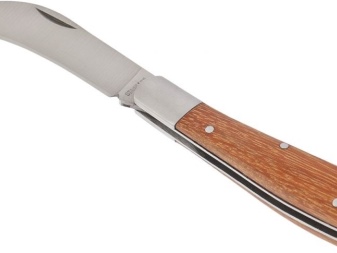

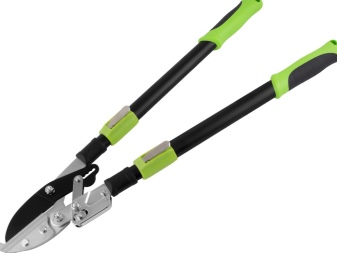

You should also prepare a garden pitch with which fresh cuts will be processed.
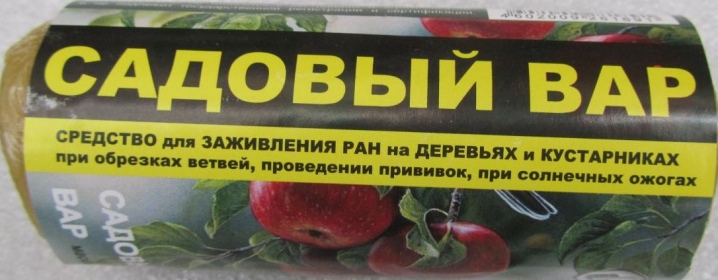
Regular pruning
This is a procedure that either serves sanitary purposes or helps to increase the yield and health of the tree. As already noted, it is held in spring and autumn.
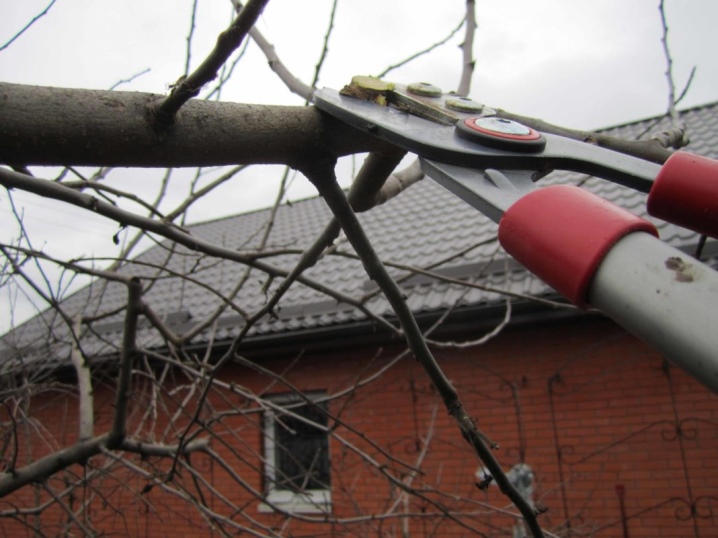
Let's list the features of regular pruning.
- In the spring, the tree is pruned after the end of the frost, but before the onset of the growing season. The buds of the tree are still asleep, the sap flow has not started. All frozen, injured, defectively growing branches are cut out using the “ring” method during these periods. Also at the same time, the crown of the tree is thinned, shortening last year's growth by a third - fruiting is expected on these shoots.
- If the region is southern, spring pruning can be carried out already at the end of February, the first days of March... The temperature should already reach at least +10 degrees.
- Summer pruning also exists, and it is relevant when planting plums.... The main trunk (also called the center conductor) is cut by one third, the side branches are shortened by two thirds. If the plant is mature, pruning is planned for June-July. This is almost always a sanitary procedure: twigs that have frozen over the winter, but were not identified as damaged in the spring, are removed. When they already have flowers and fruits, you can cut it.
- In the summer, young, upward looking branches are cut out “on the ring”, and they are even broken off with their hands, this is not prohibited. If they show signs of illness, no need to regret. But do not touch the horizontal.
- Autumn pruning often occurs in mid September or early October. But this always happens after the leaves fall. Long branches that grow too quickly will be shortened by a third. Why this is done - so that they do not suffer under a snow cap, from a strong wind. If necessary, the top is also shortened. Anything injured or broken should also be removed, because these parts of the tree, with a high probability, will not endure frost. In the fall, it is imperative to cut off dry branches damaged by a disease / pest from an old plant.
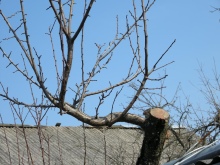
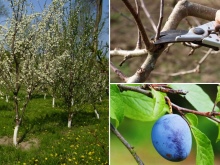
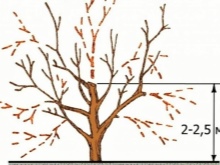
It is very important to note that it does not end with pruning alone. After a traumatic procedure for itself, the tree requires care. For example, he will need top dressing: potash, phosphorus, nitrogen compositions according to the instructions. It will also be useful to spray plums with a solution of nitrate, urea
After harvesting, the tree practically does not need watering. It remains to winter, and the worries of the owners of the garden about its cultivation for some time come to an end. In January, it's time to check the readiness of the inventory for spring work.
Before you start pruning, you should repeat the basic rules:
- follow the cropping pattern, finalize, otherwise the unfinished procedure will lead to a decline in yield;
- if the area is cold, the autumn procedure is completely excluded, only spring and (if necessary) summer remain;
- the cut is performed at an angle at 45 degrees, 5-10 cm from the kidney;
- after diseased branches were cut, the tool must be treated with a fungicide solution (alcohol is also possible), and then wiped dry.
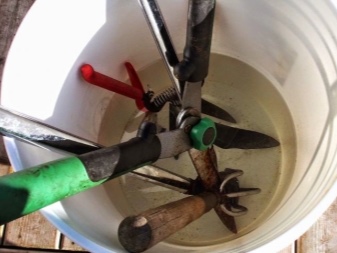

But in addition to regular pruning, the plum also needs shaping.
How to form a crown?
A tree for two years already requires the formation of a crown. This refreshes the tree, gives it an aesthetic appearance, allows the crown to ventilate, lets ultraviolet light on to all its branches. If the procedure is performed correctly, the stem will not be overloaded, and it is very convenient to harvest from such a tree.
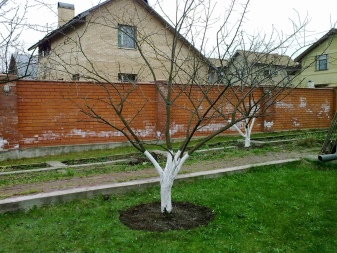
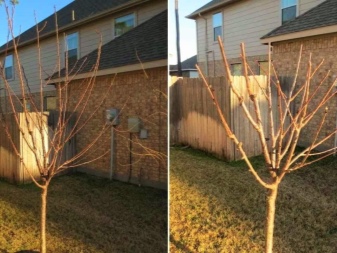
Sparse tiered
To make such a crown, you need 5-7 skeletal branches of the first order, they must be evenly spaced between two tiers. Sometimes (quite rarely) there are three tiers.The first tier is formed at the tree even during planting, if young plums have not one central conductor, but also side branches.
With a two-year and three-year tree, do the following:
- first do sanitary pruning;
- the last year's growth is removed by half, somewhere up to 40-60 cm, these branches will form the second (and, possibly, the third, fourth) tier;
- perennial branches do not need to be removed - if they have not reached 60 cm, they only need summer length regulation;
- in the spring of the third year, the formation continues - the sparse-tiered type is formed on a stem of 0.6–0.8 m;
- a ready-made sparse-tiered crown is 3-4 tiers with an interval of 20 cm, with no more than 5 skeletal shoots, and also 2 m high.
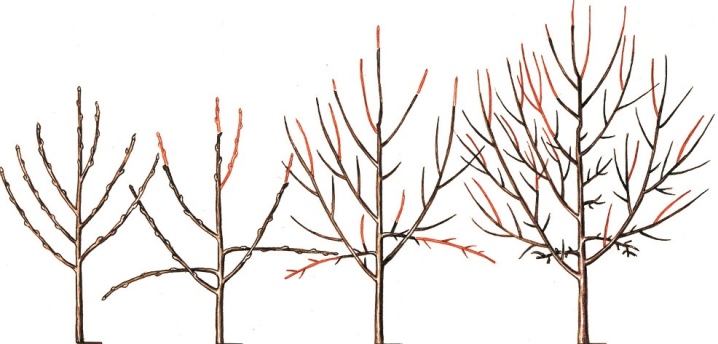
Further, the tree will only wait for sanitary pruning.
Bowl
To make the plum bowl-shaped, it will have to be shortened already at the age of one year, the central conductor remains at the level of half a meter or slightly higher
Forming the bowl tree:
- skeletal branches of such a tree come out of one point, the maximum interval between shoots can be 5–7 cm;
- it is better that the upper branch is oriented to the north - so the shoots will not stretch towards the sun;
- for the second year from the moment of disembarkation, 3-4 equal lateral shoots, who need to be allowed to develop freely;
- by the end of the season, any skeletal branch should boast an increase of 2-4 branches, pinching is done in July;
- in the third year, skeletal twigs shorten to half a meter (about 10 kidneys remain), sanitary pruning is carried out;
- from the tops of skeletal branches, the side ones are cut for harvest - one (well-developed, with a convenient localization) branch is reduced by an average of 10 buds, on which the crop of the current season will be formed.

In the next year, only the development of new growth on the branches will have to be regulated.
Bush
Even when planting, the plum must be shortened to a stem length of 40 cm (or even slightly less), 2–4 shoots are left slightly below the cut. In the second year after planting, the skeletal branches are cut off, the length remains within 45 cm. All those shoots that are on the trunk up to a height of 0.3 m are cut “on a ring”. The grown branches of the second season are shortened in the same way.
In the third year, the plum, which grows as a bush, needs only sanitary and regulating pruning. On a three-year tree, last year's growth is removed: the length of the shoots remains half a meter. The plum is already considered to be formed from the crown. By the way, it is the bush tree that is considered the most frost-resistant.
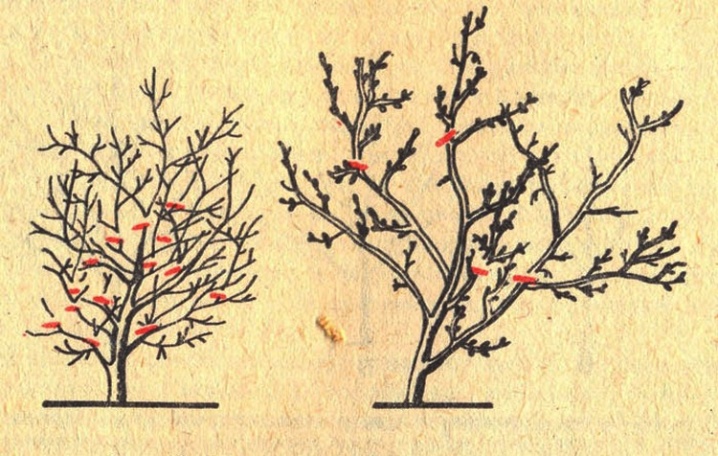
According to Kurdyumova
Nikolai Kurdyumov is a famous gardener and gardener. According to his expert recommendations, it is better to grow a plum tree with a longline crown.... But only in the second year from the moment of disembarkation, the tops should be cut off by 20 cm, sanitization is carried out as needed. In the same year, it is imperative to bend 2 or 3 last year's branches, maintaining an angle in the range of 50-80 degrees.
In the third year, the same is done with another pair of branches: tilt, tie with twine using spacers.
What else does Kurdyumov advise for beginners:
- lower tier optimal, if not more than three branches;
- second tier - 2-3 branches;
- further tiers - only 1 branch;
- to prevent breaking plums remain in the role of the main ones, those shoots that go from the center at an angle of maximum 40 degrees;
- inter-tier spacing - 60 cm, inter-branch - 15 cm;
- there should be no bare areas, for which a special shortening system is used (branches with a strong awakening of the buds are shortened by a quarter, with a low - by a third, with a weak - by half).

The bent branches, on which Kurdyumov insists, are close to the immediate woody nature, they look natural for a loaded, creamy tree. The author simply proposes to make them fruitful earlier, but they will also live longer. The tree will turn out to be quite low, but small, beautiful, convenient in terms of collecting a very generous harvest.
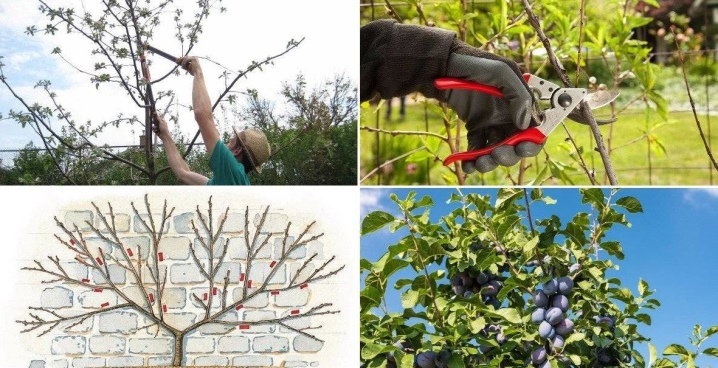
How to rejuvenate?
Rejuvenating pruning is needed for a plum that is already 15 years old, because at this age the tree is no longer even an adult, but an old one. Pruning will help prolong fruiting. The event is not limited to just one season. In the first year, the trunk is shortened to 2.5 m, the large upper shoots are completely cut off. So the thinned crown will get more light and more air as a result of improved ventilation.

The next year, all intertwined branches or those that look inward are removed from the tree. It is imperative to get rid of sick, weak, dry knots. And a year later - at the final stage of rejuvenation - you should remove the processes that hang from the lower tier. Skeletal branches will become shorter by a third, and tops will be removed completely. To exclude the breaking of branches under the weight, the cut on both sides must be very careful.
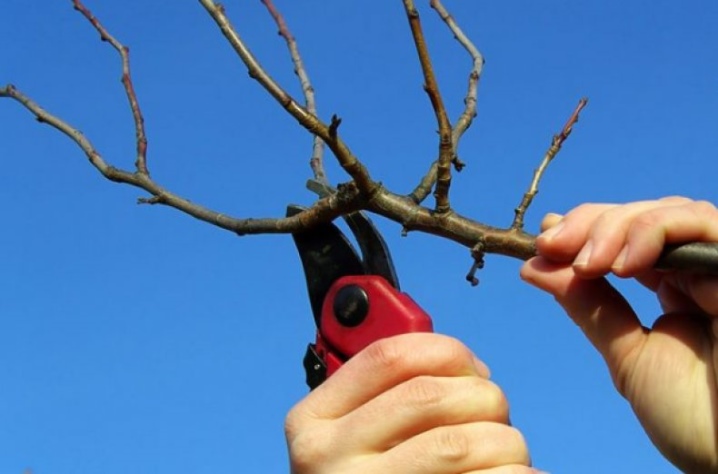
That's all the basic "wisdom" of pruning plum. The principles of working with branches are preserved in the Urals, in the south, and in the Moscow region - only the timing of pruning is shifted.





The comment was sent successfully.